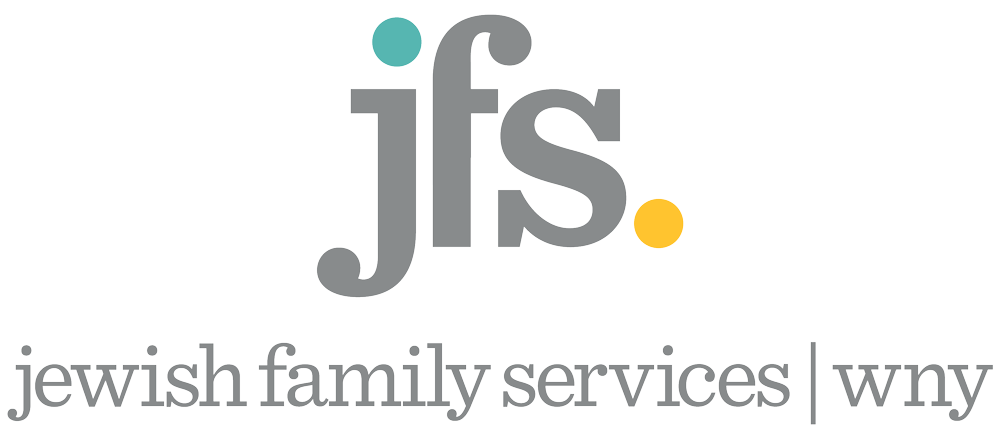To all our supporters and friends,
Like you, we have been watching with great concern the unprovoked invasion of Ukraine. Because of so many inquiries, I wanted to take a moment to answer a few common questions.
Will Ukrainian Refugees Come to Buffalo?
We know that more than 2 million Ukrainians have fled to neighboring countries in Europe. While the fleeing Ukrainians are refugees, they may not be resettled to the United States. With any large movement of refugees, the goal is always, first and foremost, to help refugees repatriate to their home country once it is safe. If that is not possible, efforts are made to help integrate refugees into the first country of refuge (i.e., Poland). Full refugee relocation and resettlement is the last option to support refugees, because it is the most traumatic and difficult option. It remains too early in this conflict to know what may happen with the millions of Ukrainian refugees.
One of our partners is HIAS, the Hebrew Immigrant Aid Society. This international organization is currently active in trying to secure the most accurate and up-to-date information about the situation of Ukrainian refugees. We invite you to visit www.hias.org for details or as a portal for contributing financially to humanitarian efforts.
For Ukrainians who are already in the United States (on visas to visit, work, or study), Temporary Protected Status (TPS) has been granted for 18 months. This means that individuals may be able to stay in the United States for a longer temporary period without concern about the expiry of any visa once they have applied for TPS. This does not apply to Ukrainians who are not already in the United States.
Why did Afghans get to come to the US?
The situation in Ukraine is very different than the situation concerning Afghan evacuees. In the Afghanistan situation, the U.S. was driven to action because we were evacuating those who worked closely with the U.S. during the Afghanistan war and people were put at risk because of our withdrawal from the country.
The crisis with Afghan evacuees, however, was an important opportunity to better prepare for the future. We have learned a tremendous amount about being prepared for crisis; what is needed in terms of cultural and linguistic supports, and the capacity requirements to ensure that services are available immediately when they are needed. This experience will help guide us to be prepared for future refugee populations, which may include Ukrainian refugees.
What can you do?
At this juncture, the best thing to do is to continue to be informed. You can visit www.hias.org for up-to-date information. And you can contact your federal representatives to share your concern about the United States’ level of support to Ukraine and Ukrainian refugees.
You can also help NYS resettlement agencies maintain our readiness to serve Ukrainian refugees by advocating for increased funding to the New York State Enhanced Services to Refugees Program. To sustain readiness we are asking the Senate and Assembly each to budget $2 million for the NYSESRP program.
I realize this is a lot of information, but I felt that it was important to communicate with you what we know, what we do not know, and what you can do at this moment in time.
Thank you, as always, for your thoughts and inquiries. Along with my staff, we will endeavor to keep you apprised of any new information as it becomes available and actionable.
In solidarity,
Molly S. Carr, Ph.D.
